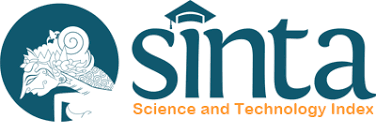Announcement of Temporary Closure of JMB Submissions
ANNOUNCEMENT
Due to the high number of submissions received, We Journal of Society and Culture has decided to temporarily close the acceptance of new articles starting June 11, 2024. This decision was taken to ensure that every article that has been accepted can be processed and assessed carefully and fairly.
Read more about Announcement of Temporary Closure of JMB Submissions
.png)









